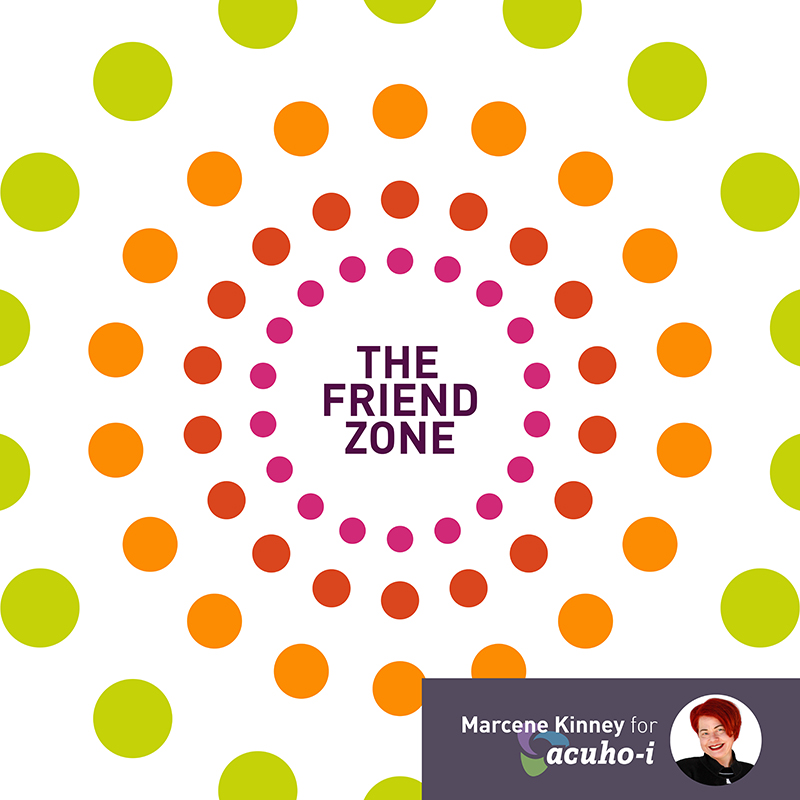Insights
May 4, 2021 _ insights
The Friend Zone
Sheltering in place. Social distancing. Working from home. No matter what you call it, students have been navigating a lot of remote-ing since the start of the COVID-19 pandemic. But with vaccines rolling out, hopes are rising that this, too, shall pass. When it does, among the lessons taken from this experience is more proof that students need and crave in-person connections. Sure, they have had online interactions in virtual classes, and they see and digitally communicate with friends, but what they report missing the most are live, in-person encounters for discussions and deeper conversations.
Even before the pandemic, Generation Z students arrived on campus needing a nudge to form connections at their new home. Many were tethered by technology to familiar high school friendships and felt less comfortable with the practice of forming new friendships.
How can purposeful activity planning and space design work together to support students? Rethinking shard public space can allow students to live with an improved support ecosystem to better engage with peers on their own terms to forge friendships, feel a sense of autonomy and control, and a foster a deeper connection to the world around them.
My recent article, published in Talking Stick magazine, examines how programming and design strategies work together at the University of Cincinnati’s Marian Spencer Hall and help students get into “The Friend Zone”. Read the full article here.
 Marcene Kinney is a principal and director of GBBN’s education and culture markets. From libraries and labs to residence halls and athletic facilities, Marcene focuses on the student experience and how university campuses can use space design to drive student success. Her work includes Marian Spencer Hall at the University of Cincinnati, Norse Commons at Northern Kentucky University, and the Roger E. Susi First-Year Experience at Case Western Reserve University. Read more of her insights here and here.
Marcene Kinney is a principal and director of GBBN’s education and culture markets. From libraries and labs to residence halls and athletic facilities, Marcene focuses on the student experience and how university campuses can use space design to drive student success. Her work includes Marian Spencer Hall at the University of Cincinnati, Norse Commons at Northern Kentucky University, and the Roger E. Susi First-Year Experience at Case Western Reserve University. Read more of her insights here and here.




